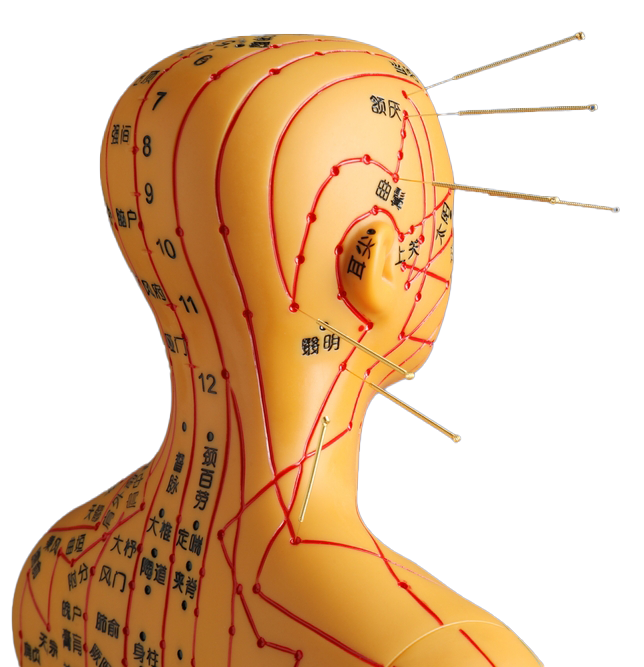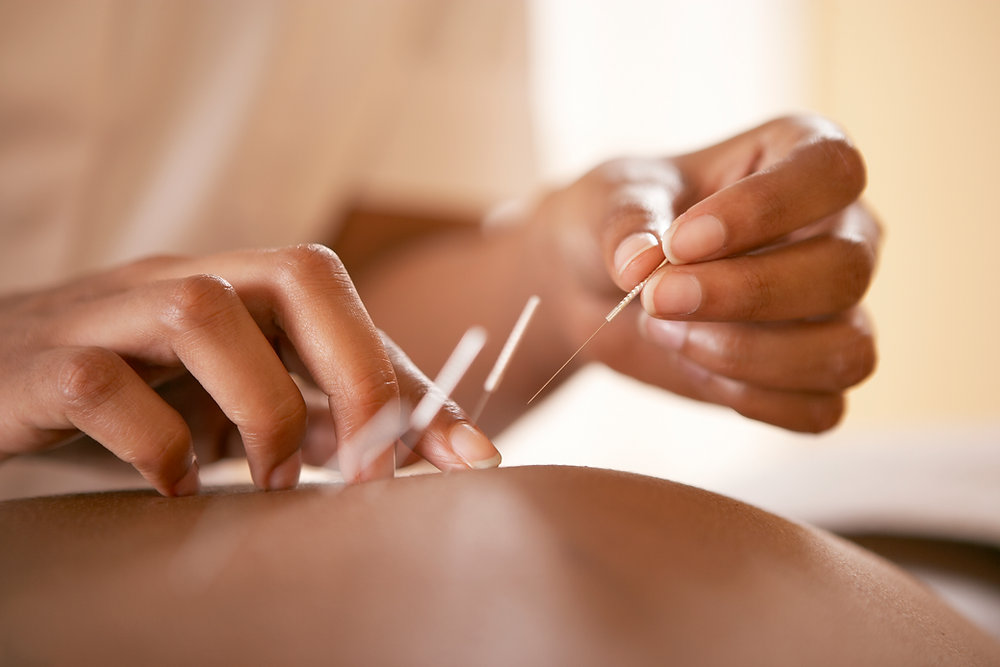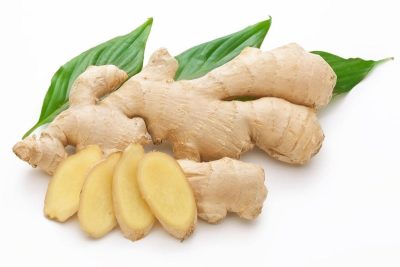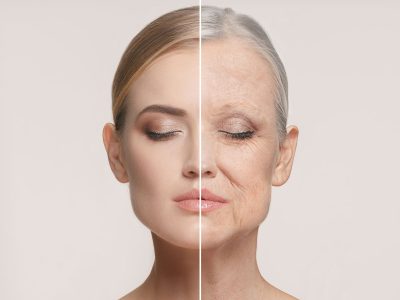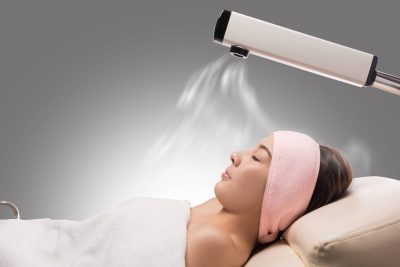- Facet joint Radiofrequency Thermocoagulation (RFT) Treatment
- Radiofrequency Thermocoagulation Dorsal root ganglion (DRG) radiofrequency thermocoagulation (RFT)
- Discitis Procedure
- Sacroiliac Joint Radiofrequency Treatment (Simplicity)
- In-Disc Ozone Therapy
- Nucleoplasty
- Transforaminal Injection (Pinpoint)
- Facet joint block
- Epidural Injection
Dry needle treatment
- Home
- Complementary Medicine Methods
- Dry needle treatment
Contents
Toggle- Creating an individualised treatment plan
- The role of different specialities (physiotherapist, orthopaedist, psychologist, neurosurgeon)
- Pain treatment during pregnancy
- Treatment of chronic pain in the elderly
- Pain management in children
- Stress management
- Healthy eating
- Ergonomic living arrangements
- Exercise and mobility
- Facet joint Radiofrequency Thermocoagulation (RFT) Treatment
- Radiofrequency Thermocoagulation Dorsal root ganglion (DRG) radiofrequency thermocoagulation (RFT)
- Discitis Procedure
- Sacroiliac Joint Radiofrequency Treatment (Simplicity)
- In-Disc Ozone Therapy
- Nucleoplasty
- Transforaminal Injection (Pinpoint)
- Facet joint block
- Epidural Injection
- Cancer pain
- Permanent Epidural / Spinal Port Application
- Vascular Port (Permanent Vascular Access)
- Trigeminal Nerve RFT
- Blockade of Ganglion Stellatum
- Lumbar Sympathetic Ablation
- Facet joint Radiofrequency Thermocoagulation (RFT) Treatment
- Radiofrequency Thermocoagulation Dorsal root ganglion (DRG) radiofrequency thermocoagulation (RFT)
- Hernia Burning (IDET)
- Discitis Procedure
- Sacroiliac Joint Radiofrequency Treatment (Simplicity)
- Permanent Epidural / Spinal Port - Pump System
- In-Disc Ozone Therapy
- Nucleoplasty
- Peripheral Nerve Block
- Transforaminal Injection (Pinpoint)
- Facet joint block
- Epidural Injection
- Intra-articular Fluid Treatment
- Dorsal root ganglion (DRG) radiofrequency thermocoagulation (RFT)
- Spinal cord stimulation (pain pacemaker)
- Ergonomic living arrangements
- Spinal cord stimulation (pain pacemaker)
- Nucleoplasty
- Radiofrequency ablation
- Herbal solutions
- Dry needle treatment
- Anti-ageing treatments
- Ozone therapy
- Cupping therapy - Cupping
- Mesotherapy
- Prolotherapy
- Acupuncture
- Stem Cell Therapy
- Nerve blockages
- Corticosteroid injections
- Massage and relaxation techniques
- Manual therapy
- Electrotherapy
- Neuropathic pain medications
- Anti-inflammatory drugs
- Muscle relaxants
- Painkillers (paracetamol, ibuprofen, etc.)
What is Dry Needle Treatment?
Dry needling is a minimally invasive method used to relieve musculoskeletal pain and movement limitations. This technique is called "dry" because is the absence of any injected drug or solution. In dry needle therapy applied by physiotherapists or health professionals specialised in this field, thin and sterile needles are used to directly stimulate trigger points (myofascial trigger points) or painful muscle bands.
How Does Dry Needle Treatment Work?
- Stimulation of Examination Points: Muscles can contain "trigger points" or overstretched muscle fibres. By reaching these points with a dry needle, the relaxation and repair process is initiated in the muscle fibre structure.
- Improving Blood Circulation: When the needle is inserted, blood flow to that area increases; oxygen and nutrient transport to the tissue improves.
- Influencing Pain Mechanism: The microtrauma caused by the fine needles stimulates pain modulation in the brain-spinal cord and helps to reduce the sensation of pain.
- Reducing Muscle Spasm: Stiff and spasmodic muscles are relaxed by the needle stimulation and the muscle is encouraged to return to its normal length.
In this method, the term "dry" is used because no medication is used, and only the physical effect of the needle is used to relieve pain and muscle tension.
Who can benefit from dry needle treatment?
- Chronic Muscle Pain: Long-term pain, for example in the neck, shoulders, lower back and back.
- Sports Injuries: Supportive therapy in cases such as muscle strains, tendonitis, myofascial pain syndrome.
- Tension due to excessive computer use: Trigger points in the neck-shoulder line are common due to office work.
- Muscle Spasms Accompanying Lumbar and Neck Hernia: If muscle tension increases the intensity of the pain caused by the hernia, dry needle treatment can be relaxing.
- Fibromyalgia or Myofascial Pain Syndrome: May be effective in relieving symptoms in people with chronic, widespread pain and tenderness points in the muscles.
Note
The patient's general state of health and the source of the pain determine the suitability for treatment. An assessment by a physiotherapist or doctor is essential.
How is Dry Needle Treatment Applied?
- Preliminary Evaluation and Inspection
- The specialist determines the location of the pain, the degree of muscle spasms and possible trigger points.
- The patient's medical history is analysed and any contraindications are assessed.
- Positioning and Preparation
- The patient is placed in a position where the area to be injected can be reached easily.
- If necessary, the area is cleaned with antiseptic solution.
- Inserting Needles
- Thin and sterile needles are inserted into the detected trigger points or tight muscle bands.
- The needles can sometimes stay in the muscle for a few seconds and sometimes for 1-2 minutes.
- To recognise that the needle is in the right place, a "pulse" or "twitch" can be felt in the muscle (twitch response).
- Session Duration and Repetition
- Each session usually takes 15-30 minutes; this time may vary depending on the number of areas to be treated.
- It can be applied 1 or 2 times a week as needed.
- The total number of sessions is planned according to the patient and the severity of the pain.
What should be considered after the session?
- Mild Pain and Bruises: Short-term muscle pain, redness or slight bruising in the treated area is normal.
- Rest and Water Consumption: After the session, it is recommended to drink plenty of water and rest for a short time if necessary to relax the muscles and increase the healing speed.
- Exercise and Stretching Movements: The doctor or physiotherapist may recommend gentle stretching exercises or light physical activities after the dry injection.
- Hot-Cold Application: If the pain is very severe, a local hot or cold compress can be soothing.
Possible Benefits of Dry Needle Treatment
- Fast Pain Relief: When applied to the correct trigger points, patients may experience an instant pain reduction.
- Enhanced Mobility: Relieving muscle tension allows the joints to move more freely.
- Long-term Relaxation: Especially those who struggle with chronic myofascial pain can benefit in the long term from regular dry needle sessions.
- Drug-free and minimally invasive: Since no chemicals are injected, there is no risk of drug-induced side effects.
Possible Side Effects and Cautions
- Mild aches and pains: Tenderness may occur in the muscles after the session, but usually passes in a short time.
- Bleeding or Bruising: Small blood vessels may be damaged in the area where the needles are inserted.
- Risk of Infection: It is a very low risk when sterile technique is used.
- Dizziness, fainting: May be caused by pain or fear of needles; usually temporary.
Important
Patients with bleeding disorders, severe trauma, open wounds on the skin or active skin infections should take special precautions or postpone the treatment. It must be applied by a competent, trained physiotherapist or physician.
Who is not suitable for dry needle treatment?
- Active Infection or Inflamed Skin Lesion: The risk of infection may increase.
- Bleeding Coagulation Problems: If blood thinners are used, excessive bruising or bleeding may occur at the injection sites.
- Psychological or Physiological Needle Phobia: They may experience serious anxiety and stress during the application; different techniques may be preferred.
- Pregnancy Period (especially the first 3 months): Excessive trigger point manipulation or applications in the abdominal-lumbar region may be inconvenient. Doctor's approval is required.
Frequently Asked Questions
Are dry needles and acupuncture the same?
Answer. Dry needle therapy specifically targets muscle trigger points, while acupuncture balances body meridians according to the principles of Traditional Chinese Medicine. Although the needles look similar, the application purposes and points are different.
Is the treatment painful?
A short-term stinging or muscle twitching may be felt. However, most patients describe this as tolerable. There may be mild muscle soreness after the session.
Is a single session sufficient?
Although some patients experience significant relief in the first session, permanent benefit is usually observed after several sessions. The frequency and duration of treatment is determined by your doctor or physiotherapist.
How long will the results take?
It depends on how chronic and deep the muscles are in spasm, the person's lifestyle and exercise habits. Long-term benefits can be achieved with regular exercise and correct posture.
Answer. Dry needle therapy specifically targets muscle trigger points, while acupuncture balances body meridians according to the principles of Traditional Chinese Medicine. Although the needles look similar, the application purposes and points are different.
A short-term stinging or muscle twitching may be felt. However, most patients describe this as tolerable. There may be mild muscle soreness after the session.
Although some patients experience significant relief in the first session, permanent benefit is usually observed after several sessions. The frequency and duration of treatment is determined by your doctor or physiotherapist.
It depends on how chronic and deep the muscles are in spasm, the person's lifestyle and exercise habits. Long-term benefits can be achieved with regular exercise and correct posture.
Conclusion
Dry needle therapy, targeting trigger points located in the muscles relieve pain and increase mobility is an effective and relatively safe method. It is often preferred as a complementary treatment, especially in cases such as myofascial pain syndrome, chronic muscle tension or sports injuries. Although it is very low-risk, it is essential that it is performed under the supervision of a specialised therapist or physician and under sterile conditions. If you suffer from muscle-related pain and tension, dry needle therapy can be an effective alternative for you.
Our treatments
- Home
- Complementary Medicine Methods
- Dry needle treatment
